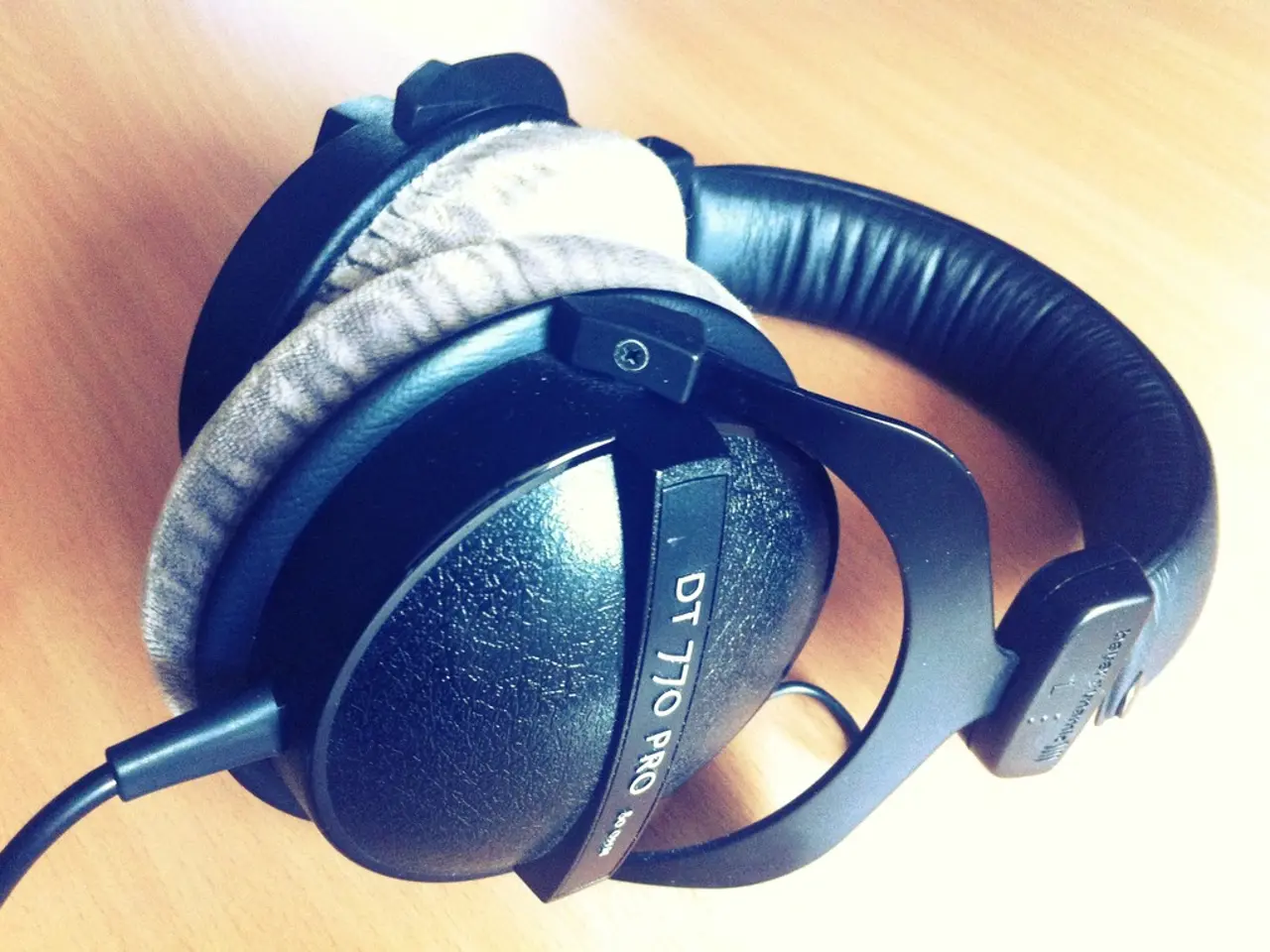Beta Bionics Leadership Discusses Process of Company Going Public
In the world of medical device companies, going public is a significant step that comes with its own set of challenges. A recent trend shows that these companies face regulatory, market, and operational hurdles during the Initial Public Offering (IPO) process, which can have a profound impact on their operations and stock prices.
Requirements and Challenges in the IPO Process
Navigating complex and evolving regulatory environments is one of the key challenges. Companies must secure FDA approvals and comply with medical device-specific regulations, which can lead to unpredictable timelines and risks. Uncertainty around regulatory reviews for devices or diagnostics affects investor confidence and IPO timing.
The biotech and medical device IPO markets have been volatile and somewhat stagnant in early 2025. Many recent IPOs have seen stock prices fall below their offering price, reflecting investor skepticism and pricing challenges. For instance, 18 out of the last 20 biotech IPOs traded below their offering price, with an average loss of nearly 50% post-IPO.
Availability of large private funding rounds allows some companies to delay IPOs, reducing immediate public market pressure but potentially condensing future IPO activity. Industry experts advise companies to proactively de-risk by creatively managing regulatory and market risks and being nimble to align strategy with shifting investor expectations.
Beyond regulatory compliance, companies planning IPOs must demonstrate strong growth potential, such as through product innovation pipelines or expansion into new markets. Pre-IPO, companies also rely on clear operational strategies to win investor confidence and justify valuations.
Impact of Going Public
Public companies face increased scrutiny from investors and regulators, which tends to increase managerial focus on short- and medium-term financial metrics, transparency, and governance. They must balance ongoing medical device innovation with meeting quarterly financial expectations.
Newly public medical device companies often experience high volatility. Given the current challenging market, many IPO stocks have declined post-offering, indicating that speculative enthusiasm can quickly turn cautious as operational and regulatory risks become clearer.
Going public offers benefits such as easier investment, trading, and access to capital, providing liquidity for employees, founders, shareholders, and previous investors. However, capital access comes with pressure to demonstrate progress and maintain regulatory compliance.
The IPO process increases exposure to public market sentiments, which can fluctuate based on broader political, economic, and sector-specific factors affecting biotech and medical devices.
Case Study: Beta Bionics
Beta Bionics, a company that makes an insulin delivery system, raised more than $200 million in its IPO in late January, exceeding the originally expected $114 million. The company's stock price dropped from its IPO opening price of $17 per share to around $10 per share over a two-month period, causing inquiries from investors and employees.
Beta Bionics' operations within the company have not changed since going public, but disclosure requirements and compliance have increased significantly. CEO Sean Saint and CFO Stephen Feider discussed the IPO process, changes since going public, and preparation for public offerings in an interview with MedTech Dive.
Sean Saint and Stephen Feider, who have primarily operated private companies, have found the level of filter on their responses to be "way different" since becoming a public company. Going public allows for a more open investment environment, but it also means more transparency and accountability.
In conclusion, medical device companies targeting IPOs must carefully manage regulatory uncertainty and market volatility while demonstrating strong operational potential. Post-IPO, balancing innovation and investor expectations is crucial, while stock prices remain sensitive to ongoing performance and sector trends. Current market data suggests a cautious environment for medical device IPOs, with many public companies experiencing stock price declines after their initial offering.
- To effectively navigate the IPO process, medtech companies utilize advanced analytics to identify market trends and potential regulatory hurdles, ensuring they are well-prepared for the increased scrutiny that comes with going public.
- In response to the growing demand for AI-driven solutions in the medical device sector, several companies are incorporating AI technology into their devices, offering improved diagnostic capabilities and personalized treatment plans to addresses specific patient needs.
- The news of medtech companies embracing devices powered by artificial intelligence and analytics has generated buzz within the technology industry, sparking discussions about the potential for these developments to revolutionize healthcare and improve patient outcomes.




